Architecture (B.ARCH)
Architecture (B.Arch)
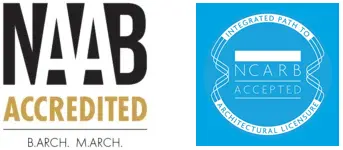
Fundamental design, ethical awareness, and liberal arts prepare students for the upper division courses in which students engage with the profession within and beyond the classroom through a rich array of field trips, firm visits, networking events, and internship opportunities. Our rigorous design studio curriculum prepares students to contribute meaningfully to the built environment. Students gain critical thinking and research skills, in addition to design and technical skills, to be prepared for the evolving profession.
The Bachelor of Architecture (B. Arch) program, accredited by the National Architectural Accrediting Board (NAAB), offers a path to architectural licensure accepted in all US states. The program adheres to the learning outcomes and unit requirements mandated by NAAB.
There are two pathways for the B. Arch program: B. Arch and B. Arch IPAL (Integrated Path to Architectural Licensure). In Northern California, Academy of Art University is the only Architecture School that offers the IPAL program.
The B. Arch IPAL (Integrated Path to Architectural Licensure) is the shortest path to architectural licensure in the states that accept the IPAL program. Students simultaneously complete requirements for Education, Experience, and Examination by accruing work experience in architecture and taking licensing exams while taking classes. Students are supported in applying for paid internships through coursework and mentorship.
Bachelor of Architecture (B.Arch) Degree
Available Online
Core Classes
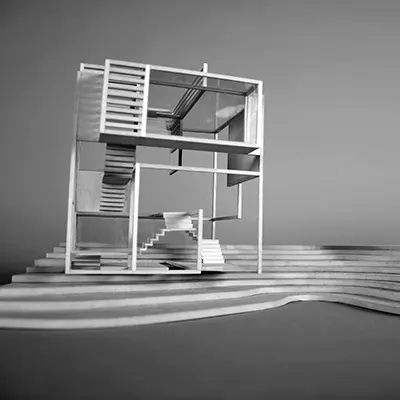
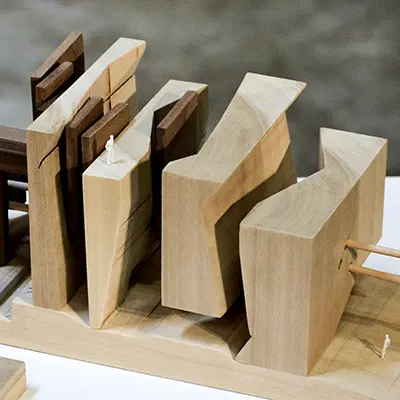
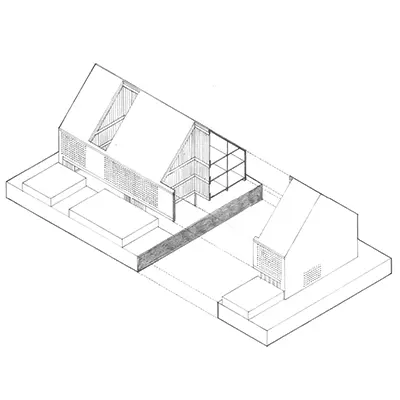
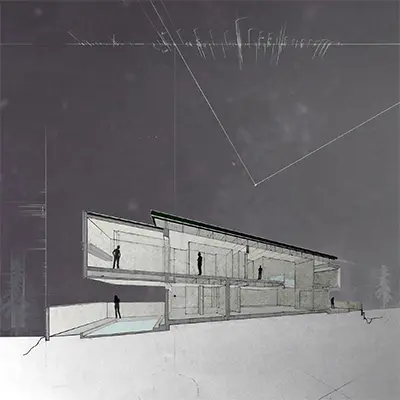


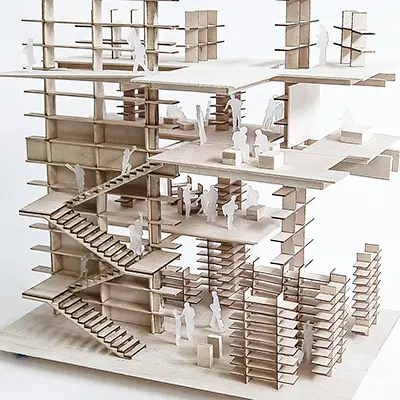
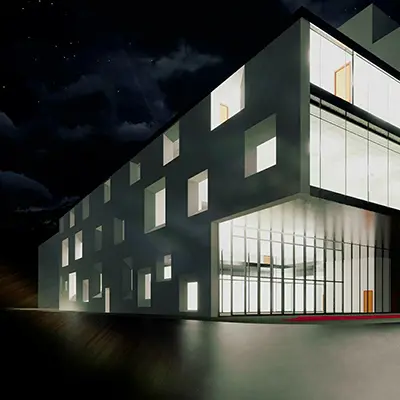

Unit Requirements
| Major Coursework | Units |
|---|---|
| Core | 36 |
| Major | 66 |
| Liberal Arts | 45 |
| Elective | 15 |
| Total | 162 |
Degree Requirements
B.ARCH ARCHITECTURE DEGREE REQUIREMENTS
- Minimum 2.0 GPA
- Minimum grade of C- in all core courses, major courses, and the following Liberal Arts courses:
LA 107 Writing for the Multilingual Artist
or LA 108 Composition for the Artist
LA 219 History of the Built Environment 1: Ancient to Gothic
LA 249 History of the Built Environment 2: Renaissance to 1900
LA 255 College Math
LA 271 College Algebra with Geometry
LA 292 Programming and Culture
LA 293 Precalculus
LA 296 Applied Physics
LA 319 History of the Built Environment 3: 1900 to Present
LA 359 Urban Sociology
LA 429 Architecture Theory
LA 449 Urban Design Theory
LA 485 Tell your Story: Personal Statement, Portfolio, Resume
And the following general education requirements:
3 History of the Built Environment courses
1 Architectural Employment Communications & Practices course
1 Written Communications: Academic Writing course
1 Written Communications: Composition course
1 Fundamental Math course
1 Applied Math course
1 Advanced Math course
1 Applied Physics course
1 Cultural Influences & Human Behavior course
1 Historical Awareness: Inclusive Perspectives course
1 Urban Studies course
B.ARCH ARCHITECTURE CORE COURSES
ARH 110 Studio 1: Conceptual Design Studio
ARH 150 Studio 2: Spatial Ordering & Form*
ARH 170 Projective Drawing & Perspective
ARH 180 2D Digital Visual Media
ARH 210 Studio 3: Site Operations & Tectonic Systems*
ARH 255 Studio 4: Assembly Building & Context*
ARH 390 3D Digital Modeling
ARH 399 Building Information Modeling
FND 113 Sketching for Communication
*6 unit courses
B.ARCH ARCHITECTURE MAJOR COURSES
ARH 239 Materials & Methods
ARH 240 Site Design & Mapping
ARH 315 Studio 5: Advocacy in Design*
ARH 320 Structures: Wood & Steel
ARH 330 Structures: Concrete, Masonry, & Tensile Systems
ARH 350 Studio 6: Site Conditions & Building Performance*
ARH 410 Studio 7: Tectonics & Structure*
ARH 420 Structures: Systems Investigation
ARH 430 Climate & Energy Use: Sustainable Strategies
ARH 440 Design Technology: Environmental Controls
ARH 441 Tectonics: Code Analysis & Building Envelope Documentation
ARH 450 Studio 8: Housing and Integrated Design*
ARH 475 Professional Practices for Architects
ARH 510 Studio 9: Thesis Preparation and Development*
ARH 550 Studio 10: Final Thesis Project*
+1 Major course
*6 unit courses
After above general education requirements are met, take Liberal Arts electives as needed to fulfill the Liberal Arts unit requirement.
Additional Information
Accreditation Information
For information on the Architecture Registration Exam (ARE) and Intern Development Program (IDP) requirements go to: www.ncarb.org.

Program Learning Outcomes
Undergraduate students will meet the following student performance criteria:
Conceptual Thinking and Process
- Communicate conceptual thinking verbally and in writing
- Articulate and extend conceptual thinking through diagrams
- Develop a rigorous material logic for model-making to test ideas
- Produce diagrams indicating critical analyses of relevant precedent buildings or the built environment recognizing the significance to the discipline of architecture
- Produce critical analyses of contemporary, historical, global precedents inclusive of buildings, urban planning, theoretical texts, or related arts applicable to studio projects and systems
- Develop a design identity which synthesizes critical thought, architectural intent, and urban design strategies by developing decision-making criteria substantiated by research
Fundamental Design & Drawing and Making
- Develop criteria to generate and evaluate an architectural order and formal language
- Develop architectural proposals sensitive to the site context in scale and use based on research
- Produce architectural drawings with appropriate drawing conventions to convey spatial qualities and design intent
- Convey materiality in design projects based on an understanding of construction material properties
- Construct drawings and models with a high level of craft and attention to detail
Presentation Skills
- Clearly explain and defend design projects in verbal presentations
- Create presentation boards, slides, and/or printed materials which exhibit logical sequencing and a hierarchy of information
- Develop effective visual communication strategies to convey information that build towards an argument
- Determine appropriate representation techniques to describe the spatial qualities and human experience of the design proposal
Leadership and Community
- Demonstrate a commitment to community building and social equity through programming and organization of an architectural project
- Demonstrate sensitivity to diverse viewpoints of user groups in the design of a building
- Engage a collaborative process in the development of a design, with a range of design and engineering disciplines
- Demonstrate and articulate knowledge of professional practices and contractual conventions
Integrated Design
- Conduct a user & programmatic analysis
- Communicate analyses of the urban and environmental conditions of a site with clear graphic devices
- Integrate sustainable and energy-conscious strategies into the design of a building
- Communicate analyses of environmental performance systems of the design with clear graphic devices
- Develop an energy-conscious strategy for the design of building envelope systems and material selection
- Integrate structural systems into the design of a building
- Produce technical documentation describing the integration of architecture and building systems
- Accommodate accessibility and life safety requirements in the design of a building
Academy of Art University Learning Outcomes
Graduates of the Academy of Art University will demonstrate the ability to:
- Produce a body of work suitable for seeking professional opportunities in their chosen field of art and design.
- Solve creative problems within their field of art and design, including research and synthesis of technical, aesthetic, and conceptual knowledge.
- Communicate their ideas professionally and connect with their intended audience using visual, oral, and written presentation skills relevant to their field.
- Execute technical, aesthetic, and conceptual decisions based on an understanding of art and design principles.
- Evaluate work in their field, including their own work, using professional terminology.
- Recognize the influence of major cultural and aesthetic trends, both historical and contemporary, on art and design products.
- Learn the professional skills and behaviors necessary to compete in the global marketplace for art and design.
- Engage with a variety of communities beyond the classroom through internship opportunities, study abroad programs, athletics, student interest clubs as well as collaborative, civic and pro bono projects.
*Semester plans are subject to change at any time. Semester breakdowns displayed are suggested and additional options are available to help customize your educational experience. Speak to an admissions or student services representative for more information. Please see our catalog for more details at: https://catalog.academyart.edu